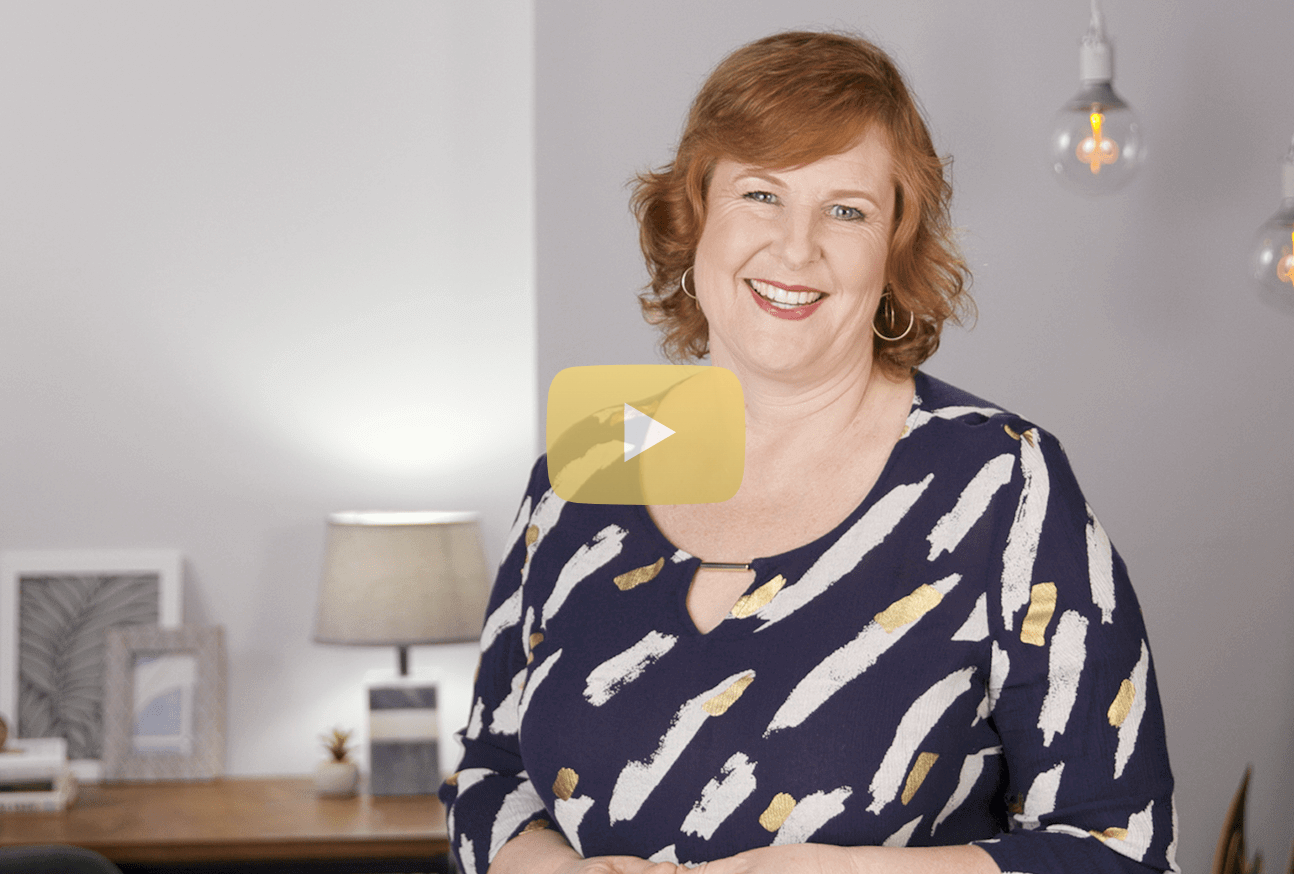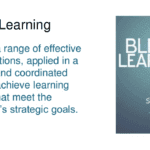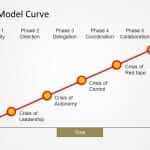20 Questions to Improve Learning at Your Organization

The secret to improving learning at your organization lives in your ability to assess your audiences and meet their needs. That knowledge becomes the data you'll use to build an impactful and effective learning solution.
But, how are you capturing what you need to know quickly? To design and deliver impactful learning solutions, I use a set of 20 questions that guide me and my client through 6 critical areas of discovery.
I'm excited to announce the release of a new LinkedIn Learning video course, titled 20 Questions to Improve Learning at Your Organization. In 20 short videos, I discuss understanding an organization, solving a learning problem, parameters of training, questions to design the learning, leading the session, and extending the learning. If you find them helpful, check out the new OnlineCourse, or read my book Wired To Grow: Harness the Power of Brain Science to Learn and Master Any Skill (2nd ed).
For Learning Professionals and Consultants
Depending on your role, you'll have slightly different challenges that I want you to be aware of.
If you're an inhouse employee, working with many levels in your organization, know that you have a wealth of information already at your fingertips about the organization, its leaders, history and culture. This can help you immensely but it can also lead you to make assumptions. Use the 20 questions to help you bring a fresh ear to the conversation and to help you see clearly as you design the path forward.
When you're an outside consultant, you have the benefit of seeing the patterns and issues that impact organizations of all kinds. But you'll be missing a lot of the details on the influential and often invisible forces that are shaping this situation. Use the 20 questions to help you get up to speed quickly on the most critical factors.
Now, I didn't always know to ask these questions. They came from me missing the mark. After an event, I'd get something like, "It was good but I wish it had done X." And I'd be thinking to myself, "Well, why didn't you just ask for that?"
Clients don't always know what they need or want so I started taking it upon myself to ask better questions--deeper questions. And it has made a world of difference. I want you to be able to do the same. Below is a question from each section of the new online course, 20 Questions to Improve Learning at Your Organization. To get the full set of questions, check out the online course.
Q 3: What are the pain points?
Every organization, no matter how big or successful they seem, is struggling in some way. There are things keeping the leaders up at night and you need to know what those are.
I usually ask this question on a couple levels. I certainly ask the person who reached out to me, and the first answer is usually the problem they have come to me to solve. But I keep going to get a fuller picture.
I might say something like:
- "Besides this issue, what other pain points are you trying to solve in your group?"
- And then I ask, "What about the leaders above you? What pain points are they dealing with?"
- If they don't get to the top, I'll follow up with, "And what about the senior executives? What do you think is keeping them up at night?"
All of this information broadens your perspective so that you can align to the real context that you will be working in.
Q7: What are your good people doing?
When leaders want training, they are trying to solve a problem. In particular, they are trying to get people to perform better at something. But I have found they are so focused on where people are struggling, they don't always notice who's already doing it well.
This will help them identify the pockets of excellence within their organization, whether they be individuals, teams, or entire departments or functions. By homing in on what, specifically, they are doing differently, we can get a better idea of the gaps as well as the behaviors that need to shift. In addition, it helps your client get clear about who really needs to be in the training or whether some people can be utilized as mentors or trainers for the rest of the group.
Q10: What format will work best for this training?
Learning can happen through all kinds of formats. You're learning right now by reading a business blog post.
You have lots of choices.
Consider if any of them is more suited to your audience. Or if there is a format you're especially effective at designing and delivering.
By making the right selection with training format, you will ensure a better learning experience for your audience.
Q12 : How can you connect to something they already know?
The best teachers always connect new learning to something we already know. Neuroscientists have confirmed that this is the fastest way to get learning into our long-term memory because we attach new information to our existing schemas.
While this may seem impossible--I mean, how can you possibly know what's in the minds of every learner--there are some tricks that make this easy.
Use activities that are reflective, like "remembering a time when…" they worked on a great team, or struggled with change, or provided great leadership.
By asking them to reflect on their own experience, they naturally activate their own schemas.
Another option is to find a metaphor that most humans know, like tending a garden or going on a hike. Even if they have never done it, they know the idea of it. These metaphors can also be part of a great visual story you tell in the learning, using compelling images.
Q17: What are the key takeaways?
The best learning gives your audience new ideas and actions they can begin using the minute they leave the learning event.
Ask yourself: "What are the key ideas and actions?" Then find a way to end your event with a focus on these. This helps your audience synthesize all the things they learned into the big ideas, as well as leaves them with a clear path forward.
I like to give my audience a few minutes to review their notes and jot down their own big takeaways. This can create a nice closing discussion to your time together. I also ask them to create an action plan for what they will do over the next few days and weeks. And I've even had them get out their smartphones and calendar some time before they leave the room.
Try ending your event with some of these strategies. I'm confident you will like the results.
Q18: How can you extend the learning?
This can include a variety of things but the goal is to give them a structure for continuing their learning journey.
Some things I have done include:
- Putting them in pairs or small groups to meet and apply the learning
- Giving them videos to watch or materials to read
- Sending them a brief online assessment about the concepts
- Or challenging them with an assignment to complete
It can be as simple or as detailed as you want to make it. The most important thing is that you continue to serve as their guide.
Thanks for sampling 20 Questions for Improving Learning in Your Organization. If you'd like to learn more, please read my book Wired to Grow (2nd ed). It's chock full of more information on how to design great learning so you can drive real behavior change in the organizations you serve.
Related Blogs
JOIN OUR COMMUNITY
Be the first to know of Dr. Britt Andreatta's latest news and research.





